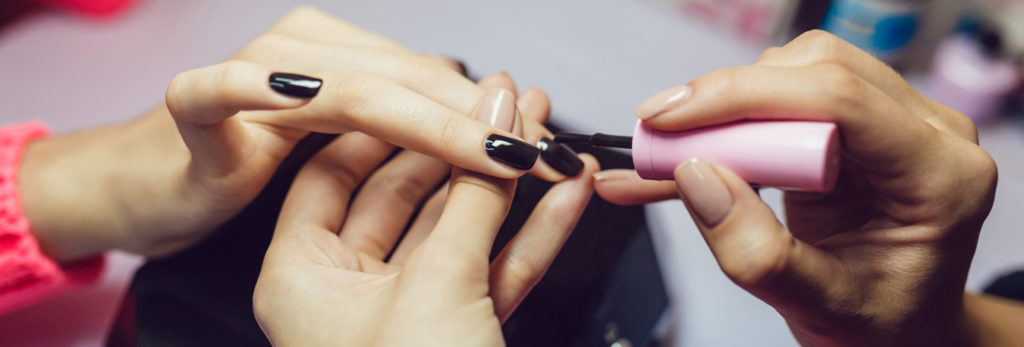Could Nail Care Products Be One of the Next Priority Products?
Nail care products have come under increased scrutiny in recent months after articles appearing in The New York Times and the Los Angeles Times highlighted certain health problems as being more common among manicurists and nail salon technicians. The California Department of Toxic Substances Control (DTSC) also identified nail care products as one of several different product categories potentially subject to further review in its 2015-2017 Work Plan after it found the chemicals formaldehyde, toluene and dibutyl phthalate (DBP) in several brands of nail polish that were mislabeled as being free of these substances. The use of these chemicals in nail polish is currently legal in California if the products are properly labeled; however, because use of these chemicals has been linked to cancer and birth defects, many manufacturers have already removed them from their products. Additionally, some local governments have adopted Healthy Nail Salon Recognition Programs, which acknowledge and support nail salons that voluntarily use less-toxic products and implement safer practices for workers and customers.
The DTSC Process
The DTSC holds public hearings and annually selects between three and five specific products as Priority Products. The selected products will be subject to further regulation under California’s Safer Consumer Products Regulations, which require manufacturers to find safer alternatives to harmful chemicals in their products. Priority Products are selected from the DTSC’s Work Plan based on several factors, including how widely a particular product is used, the extent of potential exposure to hazardous chemicals in the product, and how the product is disposed of after use. If certain nail care products are ultimately selected by the DTSC as Priority Products, product manufacturers will be required to report to the DTSC, explore alternative ingredients, and identify safer product designs. Depending on the results of this “alternative analysis” process, the DTSC may also choose to impose further regulations on nail care products, such as requiring additional product labeling, imposing additional safety measures or administrative controls, or prohibiting the use of certain chemicals in product formulations. Such new regulations could impact the entire supply chain and result in higher costs for manufacturers and suppliers of nail care products. However, if new regulations are ultimately imposed by the DTSC, they will also hopefully alleviate uncertainty and create uniformity in the nail care industry.
Whether the DTSC will select certain nail products as Priority Products and, if so, what effect that might have, if any, in generating lawsuits, remains to be seen.

